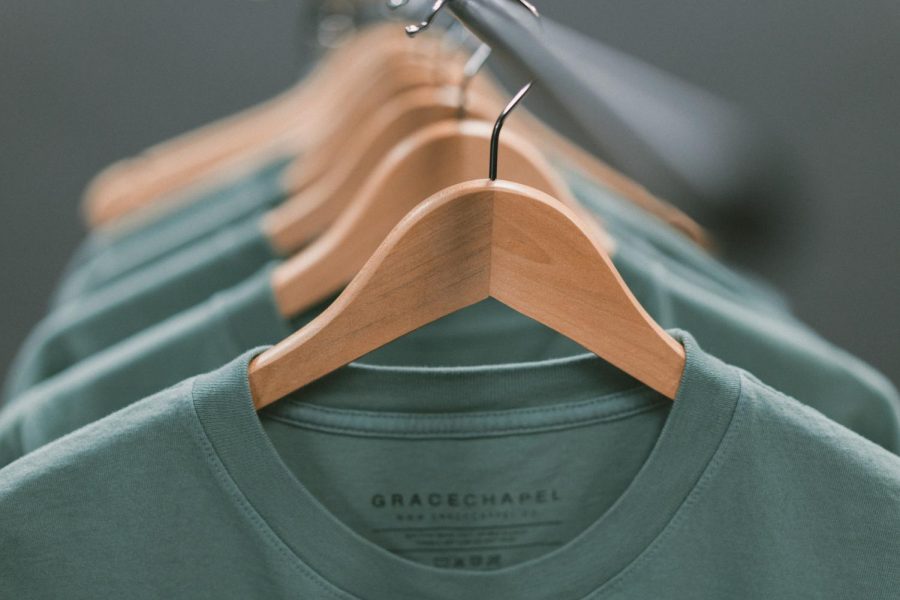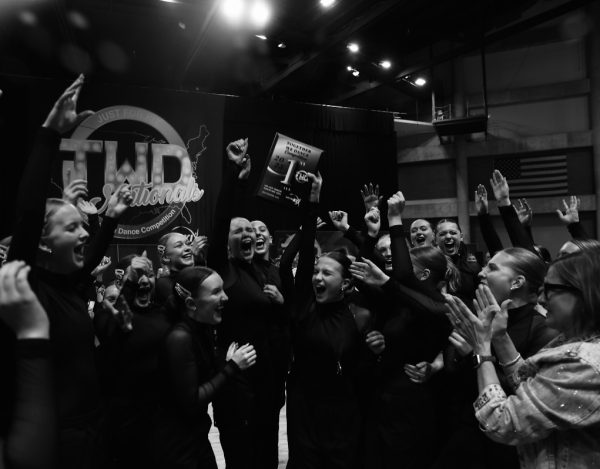Shopping at Goodwill doesn’t make you ‘woke’
As thrifting has grown in popularity, prices of secondhand clothing have increased, causing a problem for many low-income buyers.
Over the past few years, it has become increasingly popular for teenage girls to go ‘thrifting’ rather than buying their clothes from traditional stores. The draw to thrifting is usually that the clothing is cheaper, but additionally, a light has been shed on its environmental sustainability, which has made it even more of a common practice.
What many do not realize, however, is that thrifting can often cause issues for those that need to shop at a discounted price. Popular discount store Savers has increased their prices shockingly over the past few months. A long-sleeved shirt now sells for over $10, which may not seem like much, but considering how Savers and Goodwill are targeted at low-income buyers, the prices are too high to accommodate that demographic. This is due to the sheer amount of teens that choose to shop at thrift stores — supply is decreasing, demand is increasing and the economic process has taken its course on the industry. Some would argue that it is not necessarily fair to demonize these teens; after all, they are just trying to save money, like any rational person would do. But when this attempt to save money infringes on those who are actually struggling, it becomes a problem that needs to be acknowledged.
Moreover, a problem arises again with students capitalizing on the growing thrift industry. Thrifting accounts on Instagram are rising in popularity, in which teens go to stores like Goodwill or Savers, buy clothing and then sell it at a higher price to their peers. A ‘bidding’ system has become popular on several accounts, in which buyers comment their offers until one is inevitably chosen. One such account has accumulated over 52,000 followers and has sold t-shirts for over $30 just because of a brand name or logo; often these clothing items were bought for under $10. Someone who can clearly afford several items from a thrift store resells those items at a higher price, and for whose benefit? Instead of selling items to people who do not need them as much as someone from a lower socioeconomic class may, these people should attempt to give back to their community in some way, perhaps by donating bought clothes to local homeless shelters.
There is no way to completely and effectively get rid of a thrifting culture. And in all honesty, there is not, at its core, something wrong with it. As long as thrifters make an effort to give back in some way, they should be allowed to continue saving money without fear of retribution. One way to do this is to attempt to donate as much as you buy; it is obvious that for every item you buy, you should be able to get rid of one. As long as the recycling continues, thrift non-profits like Goodwill should be able to keep their prices low. The problem occurs when teenagers consistently buy and do not sell. Savers does not produce their own clothing, and therefore often experiences ‘droughts’ in donations, especially in winter months, when many need more clothing items. Better yet, instead of donating your clothes back to non-profits, consider your local homeless shelter. There, those with absolutely nothing can receive what they need for free. Regardless of whether or not you are a thrifter, consider the idea that every action has an equal and opposite reaction. Make the reaction to your action positive.

Molly Wetsch is a senior at LHS. She is a second-year staff member and serves as one of five Editor-in-Chiefs for the Statesman. When not hanging out in...








